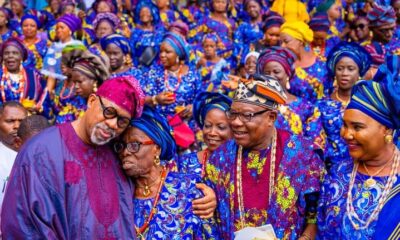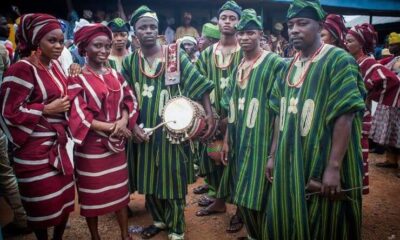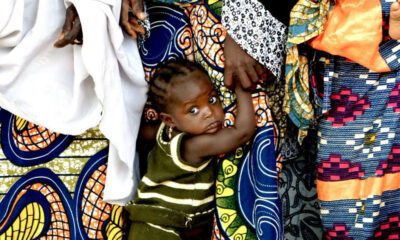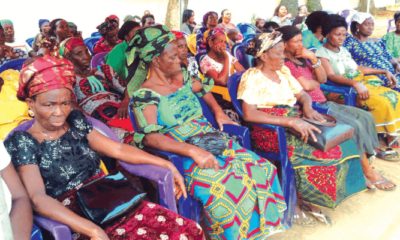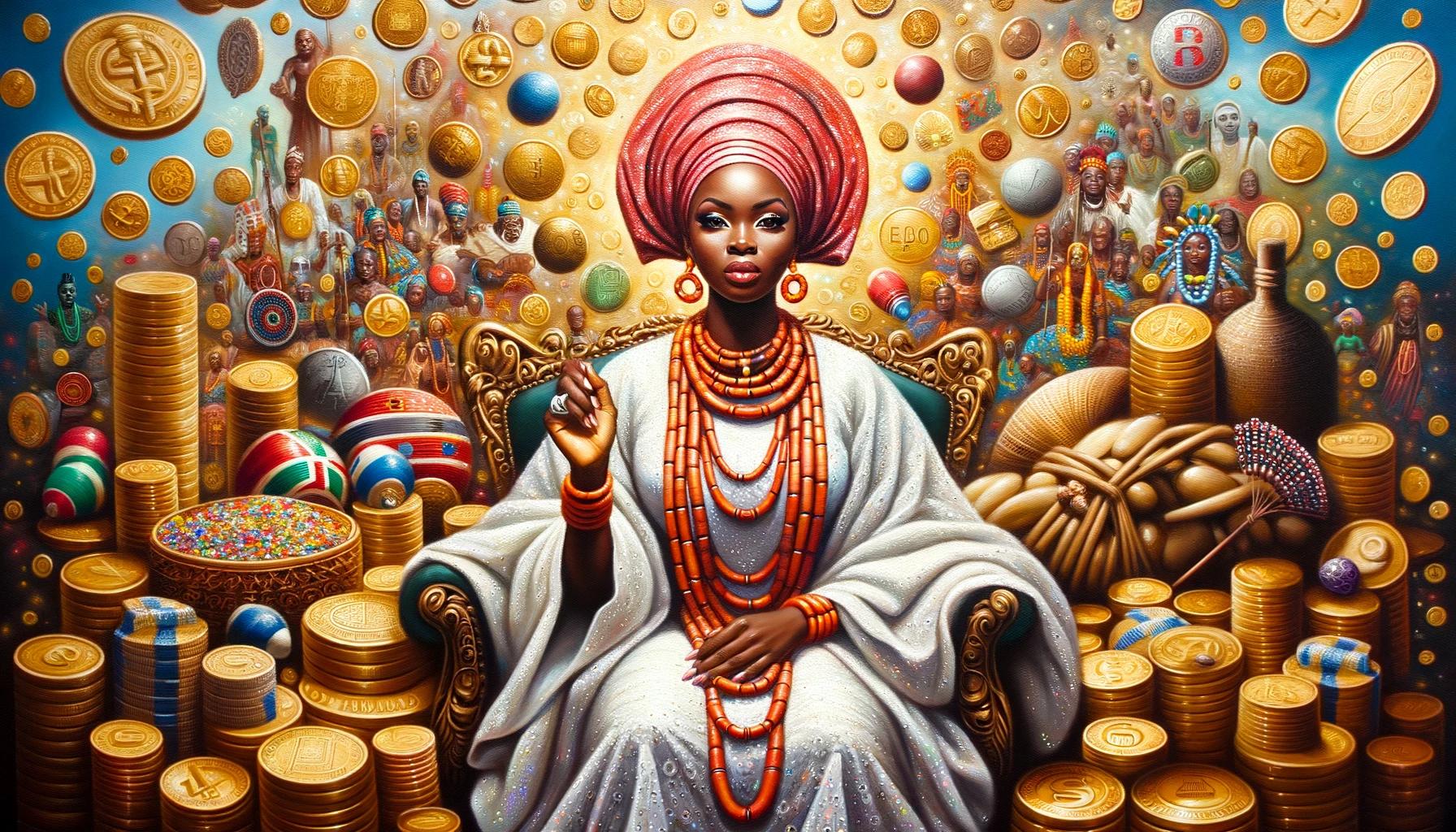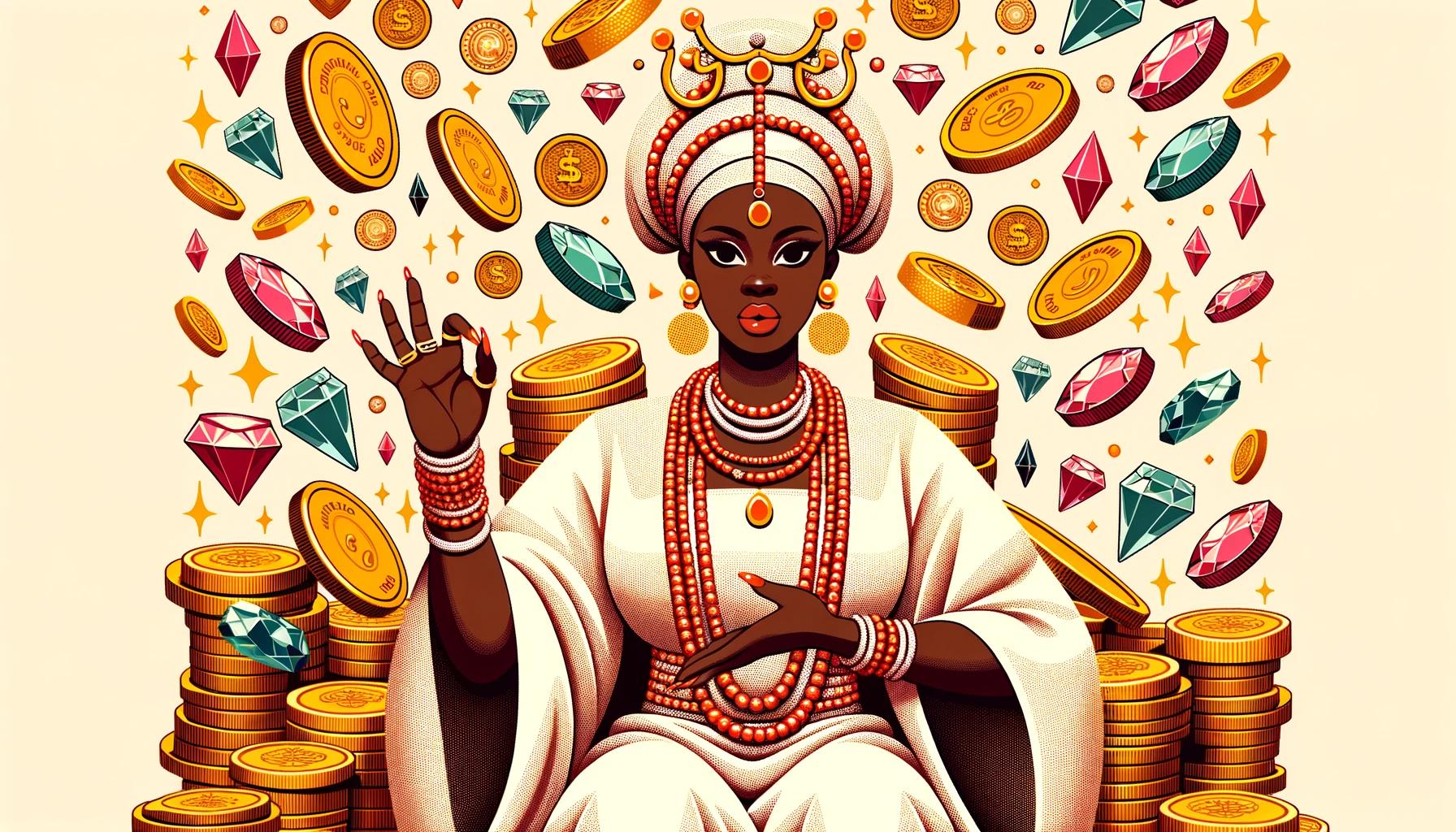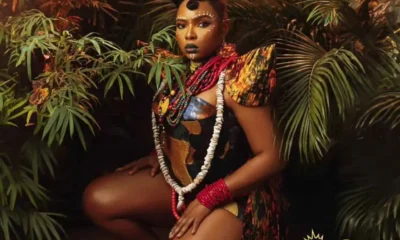The women of the Dani tribe in remote Indonesia experience a unique connection between emotional and physical pain where they perform rituals of cutting off the upper half of a finger anytime they lose a loved one.
The Dani tribe of Indonesia believe that the emotional pain of losing a loved one is not enough; physical pain has to be inflicted too.
For this, whenever a loved one passes away, the female members of this isolated tribe amputate the upper half of their fingers. They believe that this practice should be performed to protect them against restless spirits and also to show the pain of bereavement. In some cases, mothers even bite off the fingers of their babies.
This tradition, known as Ikipalin, was banned by the Indonesian government a few years ago. However, it is believed that many older women within the tribe still secretly practice finger amputation.
The Dani tribe, which consists of approximately 250,000 members, resides in the remote highlands of Western New Guinea. They were first reported by American explorer Richard Archbold during a flight over the region in 1938.
In addition to their unique mourning rituals, the tribe is known for wearing ornate penis sheaths and practising mummification of their deceased members.
Finger Amputation Ritual
The exact origin of this practice remains unknown, especially why it applies and targets women alone and not men.
This ritual is a common part of the grieving process and is typically carried out by a close family member. It often involves the use of a stone blade to amputate the upper part of a finger.
However, amputations can also occur without tools. In these cases, individuals weaken the knuckles through chewing and then employ a piece of rope to cut off circulation around the finger.
Another method involves tying up the joints to restrict blood flow, causing the muscles and nerves to die from oxygen deprivation, resulting in the detached part of the finger falling off.
Following the amputation, the open wound is cauterized to stop bleeding, and the severed finger segment is either burned or placed in a special location.
Biting Babies’ Fingers
Typically, it is older women from the Dani tribe who undergo finger amputation as part of their cultural practices. However, there have been reports of a distinct ritual within the tribe where mothers bite off the tips of their babies’ fingers.
This act was believed to be a way of ensuring the child’s longevity by making them different from others.
Wearing Penis Sheaths To Cover Manhood
The Dani tribe in Indonesia is not only known for their women’s finger amputation but their men are also known for wearing a traditional garment called a “koteka“, which is essentially a penis sheath.

Traditionally, the koteka is made from dried-out gourds, a local fruit. While it was once believed to symbolize sexual prowess, the Dani people use it primarily for modesty and to cover themselves.
In the early 1970s, the Indonesian government initiated “Operasi Koteka“, also known as Operation Penis Sheath, in an attempt to modernize the Dani tribe by encouraging them to wear shorts instead of kotekas.
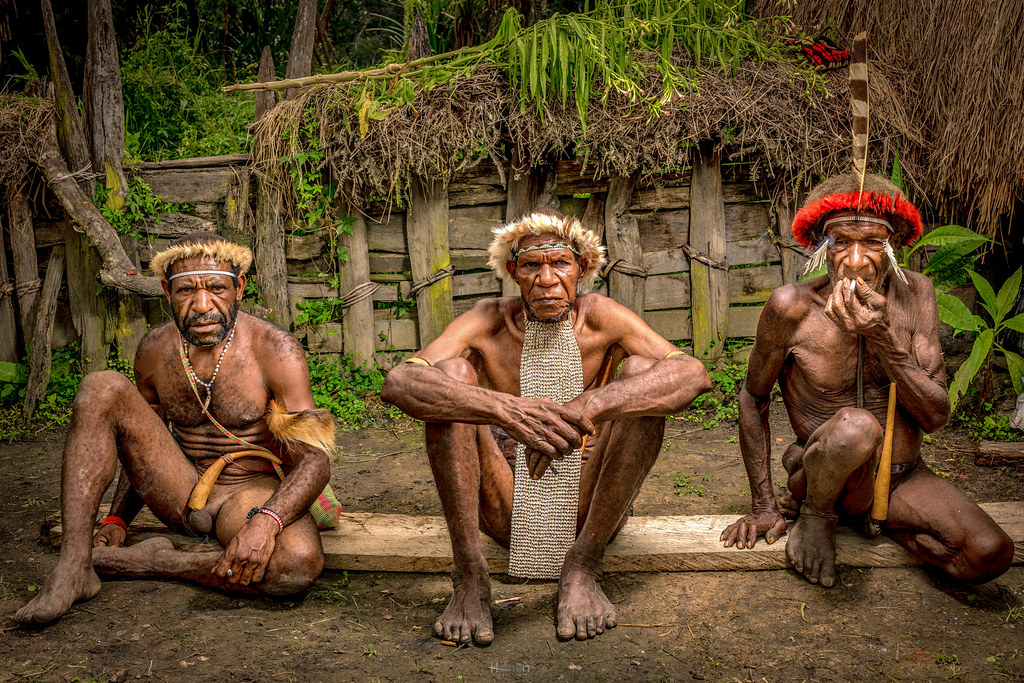
However, this plan did not succeed, and the Dani people continued to wear these distinctive garments.
Mummifying Fearsome Warriors
In recent years, an explorer, Markus Roth from Germany, visited the Dani tribe and documented their unique practices. He found that the Dani tribe also practice what is known as mummifying their most accomplished warriors.
One remarkable discovery Markus made was the mummy of Kurulu, a warrior believed to be over 370 years old.
This mummy is carefully preserved in the men’s house of the village and displayed to visitors with great pride. It is said that the warrior was adorned with one necklace for each enemy he had defeated, and such practices are common among the Dani people.
Despite their unconventional customs, Markus found his interactions with the Dani tribe to be a remarkable experience. He described them as shy, curious, and wild yet warm-hearted individuals.
The Dani tribe’s cultural practices make them unique. It is said that these practices have been stopped, but they are not entirely extinct.
If you like articles on cultural spotlights, check here.

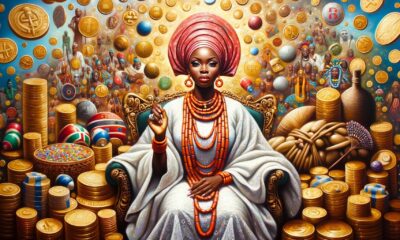
 ARTS & CULTURE6 days ago
ARTS & CULTURE6 days ago
 BEAUTY5 days ago
BEAUTY5 days ago
 FAB FRESH4 days ago
FAB FRESH4 days ago
 FASHION6 days ago
FASHION6 days ago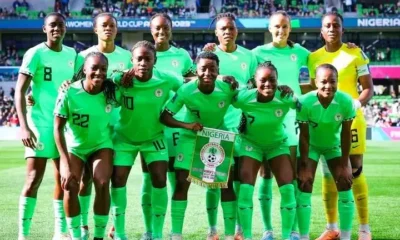
 SPORTS3 days ago
SPORTS3 days ago
 FASHION6 days ago
FASHION6 days ago
 HEALTHY LIVING5 days ago
HEALTHY LIVING5 days ago
 OPINION5 days ago
OPINION5 days ago





